Shabbat Gathering: Counting the Omer.
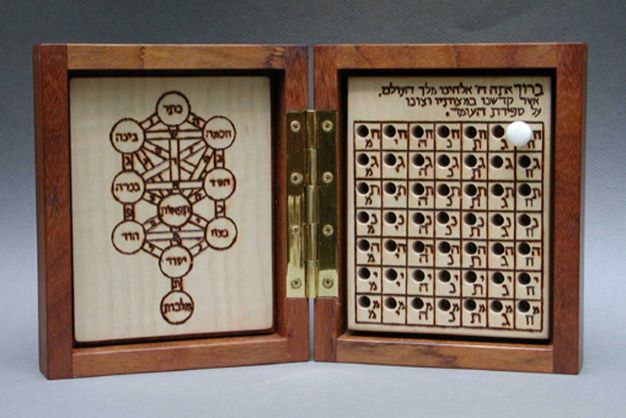
Dear Chevra, as is our custom, we will gather tonight at 5.45p to welcome Shabbat. These are the coordinates:
Zoom
Meeting ID: 963 5113 1550
Password: 1989
Phone: +1 312 626 6799
(To unsubscribe from the newsletter, click the link at the very bottom of this email.)
Here we go.
Jews have holidays that most everyone knows about (Chanukah, Yom Kippur, Passover) and holidays that few people, including Jews, know about. For example, there is a 50-day period of time that occurs between the second night of Passover and Shavuot, the giving of the Torah. It’s during this period of time that some of us count the omer. I know that this is days and days away, but I want to bring this to your attention now in case you want to prepare for it. I don't want to spring it on you at the last minute.
Here’s the Torah text about counting the omer:
“And from the day on which you bring the sheaf of elevation offering - the day after the Sabbath - you shall count off seven weeks. They must be complete: You must count until the day after the seventh seek - Fifty days: Then you shall bring an offering of new grain to the Lord.”
— Leviticus 23:15-16
And that’s the whole Torah text for counting the omer.
First: What’s an omer?
An omer is like a bushel basket of wheat. It was the amount of wheat given as an offering.
Counting the omer is based on our ancient agricultural traditions. Wheat, the staple crop of ancient Israelites, has been planted and, G-d willing, will thrive. Fifty days after the planting, the wheat might be ready to harvest. It's a time of changing seasons and the emergence of spring.
Since Leviticus first spelled out counting the omer, new meanings have been added. For example, it’s considered a period of mourning. It’s also considered a period of time when we work on purifying ourselves in preparation for Shavuot.
The omer: A time for mourning.
This is why counting the omer is considered a time of mourning: 24,000 students of Rabbi Akiva died during the period of the omer. There is speculation about whether his students died of a plague or whether they were killed in the revolt against the Romans. Either way, many people observe mourning customs during the omer — no weddings, no hair cuts, no live music, no new clothes, etc. — in order to mourn the loss of so many Torah students.
The one exception to the period of mourning falls on the 33rd day of the Omer, Lag B’Omer, when Akiva’s students stopped dying. This is a day of respite. People get haircuts and party around bon fires that are so big in Israel they are considered environmental threats. Most Chasidic boys don’t get their hair cut at all until they are three-years-old and it’s Lag B’Omer.

The omer: Perfecting the spirit.
Then, there’s the aspect of omer that has to do with emotional and spiritual purification. Counting the omer is a period of refining our inner self to be prepared for receiving Torah at Shavuot. We mark the transformation from being physically freed from slavery at Passover to being a people spiritually ready to take on the commandments and responsibilities of Torah. We move from mere physical freedom to acceptance of responsibility.
Kabbalistic Jews have a notion called the sefirot. They are different spiritual and emotional qualities that are connected together. Here’s an image of how the sefirot are laid out and connected. In the picture, the sefirot are the smaller white circles: keter (crown), binah (understanding), chokhmah (wisdom), gevurah (strength), chesed (kindness), tiferet (beauty), hod (splendor), nezah (victory), yesod (foundation), and malkhut (kingship).
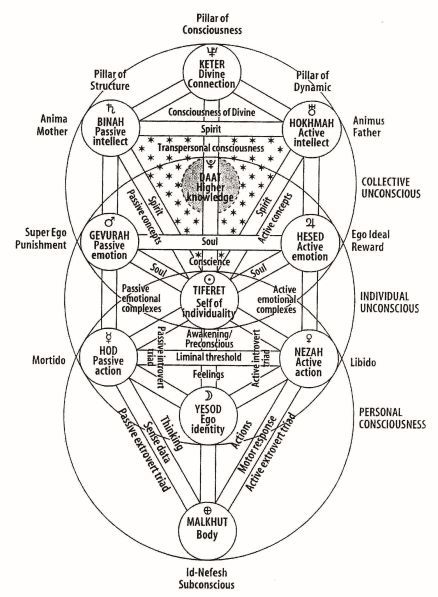
During the counting of the omer, kabbalists instruct us to focus on the lower seven sefirot. Seven sefirot, seven weeks, seven days per week. For each week, there is a “theme” set by a particular sefirot. Week one, for example, focuses on chesed. Then, within the week, day-by-day, we connect another sefirot to the theme of the week. So, for example, on day two of the Omer, we focus on gevurah/chesed (justice within lovingkindness). Day three is tiferet/chesed (compassion within lovingkindness) And so on and so on for 50 days. We consider one pairing each day.
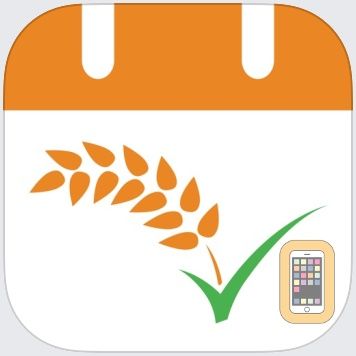
It’s a lot to keep track of so, of course, there’s an app for that, several in fact. The app I can recommend from personal experience is Omer Counter by Chabad. Besides offering a counter that will nag, I mean remind you, to recite the omer each night, it offers a lot of supporting material to help you learn the prayers and meditate on the meaning of each particular day. Another good app I've tried is also by Chabad, My Omer.
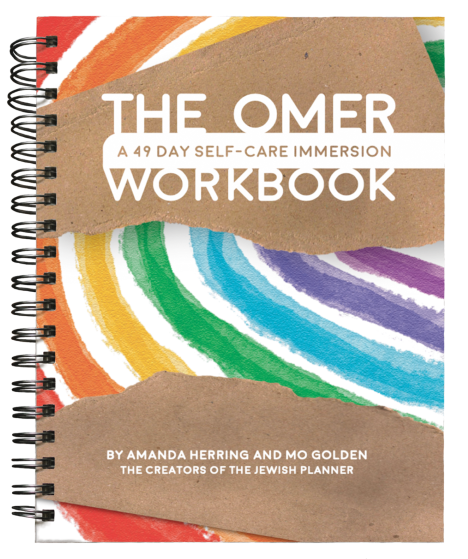
I can also recommend The Omer Workbook published by Gold Herring, the company behind The Jewish Planner. It’s a beautiful workbook that takes readers day-by-day through the omer and gives them ample space to record reflections and thoughts.
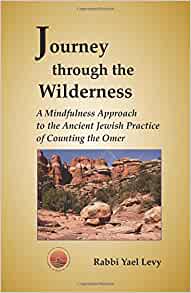
And there's a book that, while I haven't read it... yet, has excellent provenance. Yael Levy has written Journey Through the Wilderness: A Mindfulness Approach to the Ancient Jewish Practice of Counting the Omer. The jacket copy of the book says...
In this book, Rabbi Yael Levy gathers wisdom from Psalms and the Jewish mystical tradition into a unique Mindfulness approach to the ancient Jewish practice of Counting the Omer during the 49 days between Passover and Shavuot. This 100-page, full-color guide includes the Omer blessings in Hebrew and English, daily teachings and intentions, pages for reflections and photographs to inspire meditation.
A good friend of mine just bought the book and I'll check in with her later to find out if it's any good, but Yael Levy has always has special insights into our practice of Judaism and I imagine it's excellent. And I also imagine I'll end up getting it for next year.
Which leads us to the big questions: Why? Why do this? What's the point?
For me, counting the omer is conducting a detailed personal inventory. For 50 days, I think about how I measure up to qualities such as strength within kindness and understanding within beauty. I measure how these pairings work within me and between me and the world. I discover aspects where I excel and where there's room for improvement. If I were to spend only 90 seconds thinking about each pair, that means that I will have spent more than an hour at the end of the omer in structured self-reflection that I wouldn't have done otherwise. And I spend more than 90 seconds per day.
The period of time between Passover and Shavuot is a sacred time. Passover brings us freedom from slavery. Shavuot brings us a different kind of freedom that transcends this world and allows us into another world because on Shavuot we are given an instruction manual, the Torah, for locating and moving through transcendence. I can not move through that narrow place of transcendence loaded with the baggage I’ve packed and schlepped during the past 63 years. I need to lighten up. I need to drop my baggage. And I need to step out of the dark places where I’ve been hiding and into the light. Counting the omer is a way I can achieve both of these prerequisites for enlightenment.
And may it be for you a blessing.
See you tonight!
All my love,
brian.